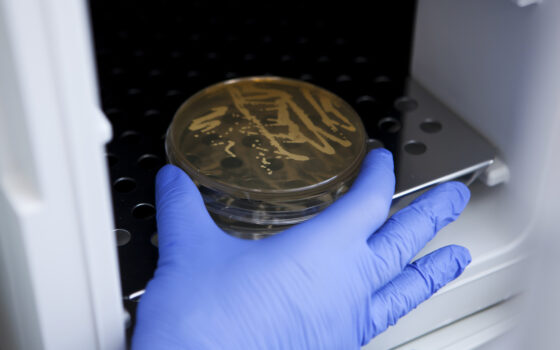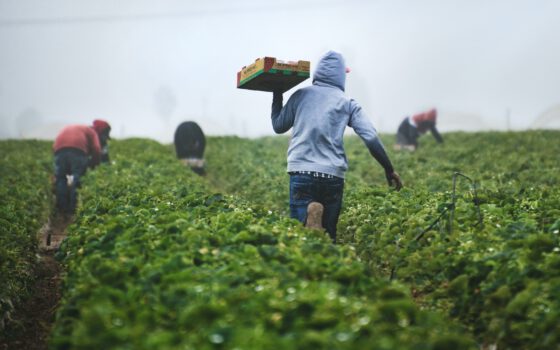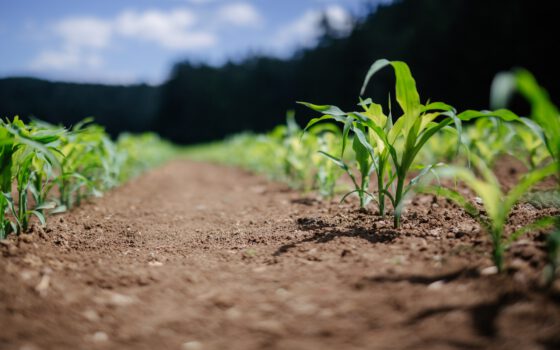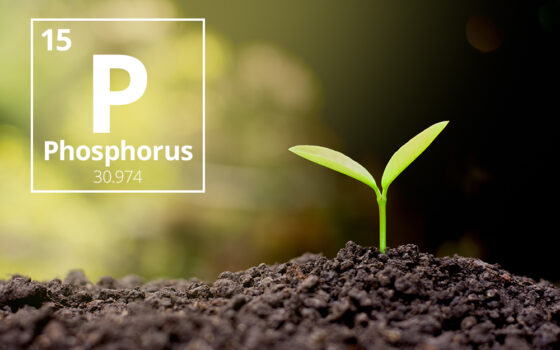The agricultural biological product industry has been growing tremendously for the past few decades. The main reason behind it is the challenges introduced by gradually intensifying farming: exhausted soil, deterioration in the breaking down of organic compounds, soil pollution with pesticides and subsequently increased resistance to pesticides.With decreased natural soil fertility, agriculture investments are increasing at an inadequate rate compared to profit gained. Using microbial products provides an opportunity to fundamentally improve agricultural productivity with little investment while staying environment friendly.
Truth. Each microorganism species perform a specific function within the soil
Typically microbial products have at least one of the following functions:
- Work antagonistically against plant pests and pathogens (biological control performing microorganisms);
- Improves the break down rate of organic compounds within the soil;
- Participates in food elements’ transformation to plant accessible forms (nitrogen fixating, phosphate solubilization, iron, zinc, and sulphur release from complex, plant inaccessible compounds);
- Releases plant growth promoting phytohormones into the environment.
Soil exhaustion caused by intensive farming is often closely connected to skipping proper crop rotation as well as using pesticides. When the latter enter the soil, they negatively impact the wrong organisms which participate in the breakdown of organic compounds as well as macroelement circulation cycles. Easily absorbed mineral fertilisers increase the amount of microorganisms feeding on them within the soil, which in turn pushes out the decomposers of more complex soil compounds and atmosphere nitrogen fixators. Such metabolism disorders caused by disbalanced soil microflora, can be naturally reverted if the field was to not be farmed for a few years, however such an option is hardly an attractive one due to economical reasons. Therefore using microorganisms which improve the rate of the organic compound breakdown, fixate nitrogen, solubilize phosphates and release microelements, is an environment friendly solution to improve the state of the soil. Complex agriculture microbial products often include various bacteria cultures, microscopic fungi, and lastly biologically active additives which serve as either food for plants or to decrease the microorganism stress during their introduction into the soil.
Myth. The effectiveness of microbial solution depends on microorganism species
Whether the organism fits to be used in a microbial solution depends on individual strain properties, and not whether the organism belongs to a specific bacteria or microscopic fungi type. In other words, if a specific strain effectively performs organic compound mineralization or disease control, it does not necessarily mean such functions are typical for all strains of such species.
Myth. Microorganisms originating in other countries aren’t safe for local ecosystems
Most agricultural microbial products have microorganisms of the same species (however of different strains). In most cases these microorganisms are cosmopolitan, spread across the soils globally and always occupy the same ecological niche. Soil metabolism cycles are the same everywhere (organic compound mineralization and new organic compound synthesis is performed in the same metabolic routes with identical steps), therefore it is common that when microorganisms are transferred into the soil, where the soil is lacking such ecological niche occupying microorganisms, they (microorganisms) are capable of surviving and establish themselves in the long term. It is however slightly different when it comes to symbiotic organisms (Legume-rhizobia symbiosis, mycorrhiza fungi) which require plant-host without which they are not capable of establishing themselves in the soil.
Previously mentioned microorganisms are abundant in soils where monoculture is grown for years, however once crop rotation is introduced, they lose their plant-hosts and their quantity starts decreasing. This is why complex agricultural microbial solutions have a great variety of plant-host symbiotic relationship bacteria and fungi.
Truth. Different microorganisms in complex solutions supplement each other
Only compatible microorganisms are used in microbial solutions. In other words, selected strains do not have damaging effects to each other and may be together in the same container without any noticeable decrease in their vitality.
Capsulating enables having different microorganisms (e.g. mycorrhiza fungi, phosphate solubilizing and organic compound mineralization improving bacteria). Such microorganism complexes function better than together than their separate cultures: Mycorrhiza fungi improves absorption of minerals via its link to plant root systems. The minerals absorbed are the result of phosphate solubilizing and organic compound mineralization improving bacteria.
Truth. Bacillus tribe bacteria are in most biological product composition
Bacillus tribe bacteria were first introduced into the compositions of agricultural solutions due to specific strains’ abilities to effectively protect plants from diseases (kind B subtilis, B. amyloliquefaciens, B. megaterium, B. licheniformis) and insect pests (B. thuringiensis). As time went on, other Bacillus strains were introduced which solubilize phosphates, improve potassium activity in the soil, and secrete phytohormones. The main advantages of this group of bacteria is their simple cultivation and the ability to form endospores, which is a calm state particularly resistant to environment allowing more freedom when technologically preparing Bacillus containing solutions.
Myth. Biological products have significant application restrictions
For a long time the biological products in the market required extremely specific application conditions: clean sprayer, soft water, no mixing with other products, storing in cold temperature and fast utilization due to short expiration date. Currently in the market however, you can find biological products which barely require any restrictions on their application by farmers in intensive farming technologies.





